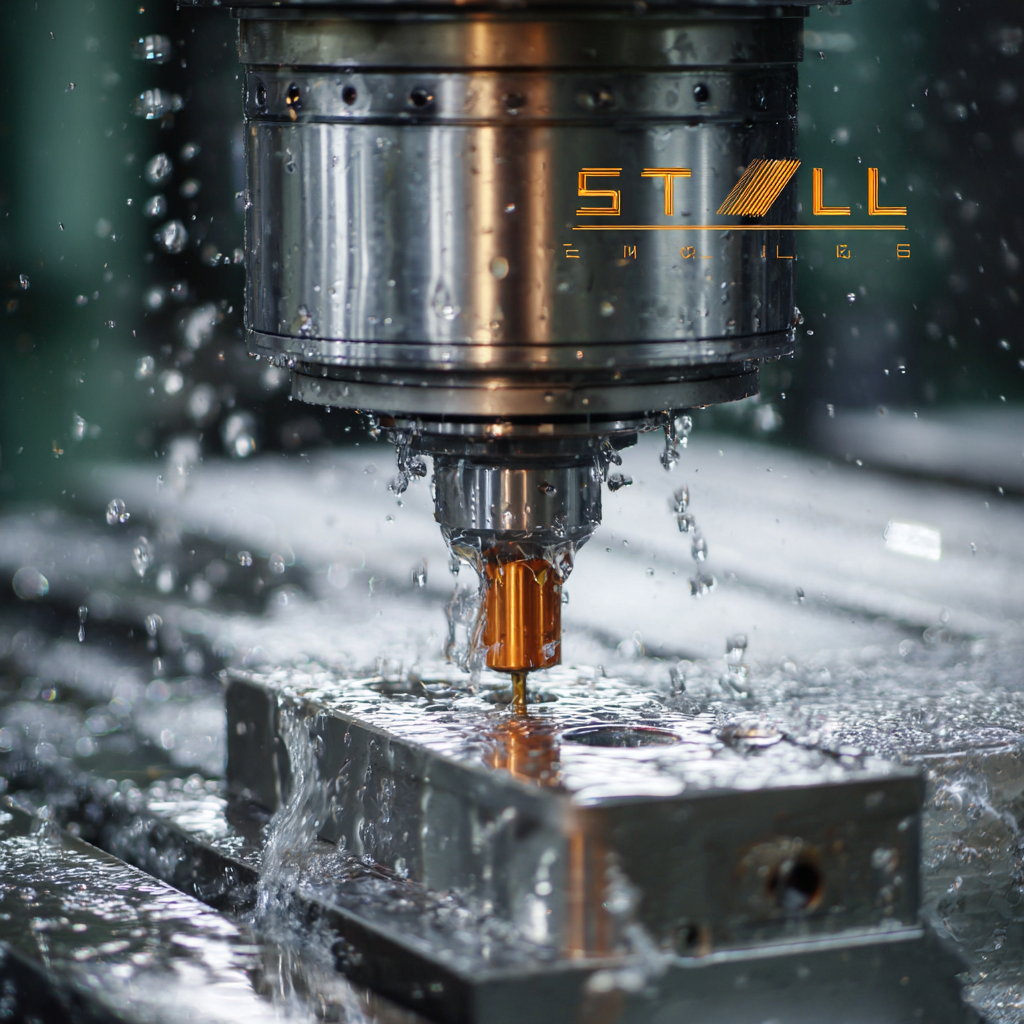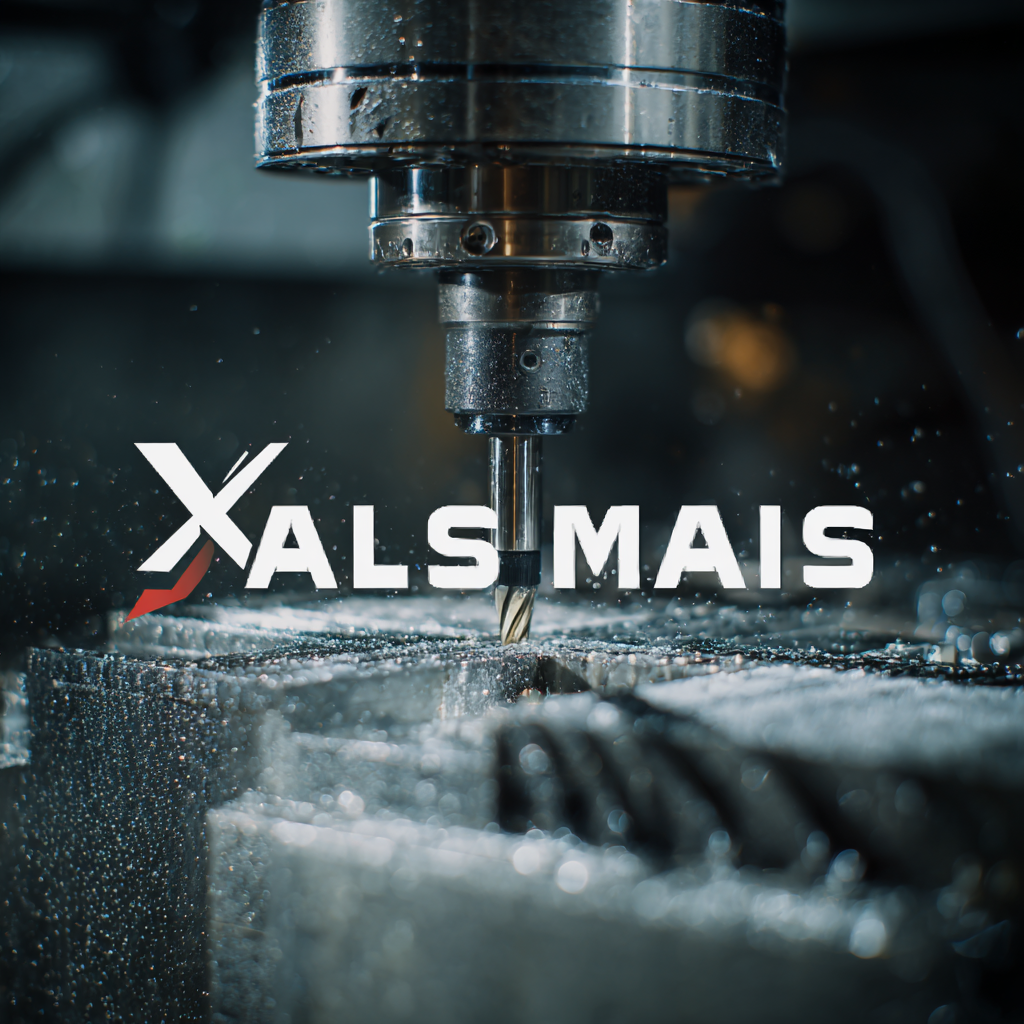How to Choose the Best Multi Axis CNC Machine for Your Manufacturing Needs
In today’s competitive manufacturing landscape, choosing the right equipment can significantly impact productivity and product quality. Among the various tools available, the multi axis CNC machine stands out as a pivotal solution for sophisticated machining needs. These advanced machines enable manufacturers to perform complex operations with precision and efficiency, making them indispensable for a wide array of industries.

Given China’s reputation for reliable manufacturing and consistency in quality, selecting a high-performing multi axis CNC machine from renowned Chinese manufacturers can be a strategic move. In this blog, we will explore the key factors to consider when choosing the best multi axis CNC machine tailored to your specific manufacturing requirements, ensuring that you can harness the benefits of cutting-edge technology while maintaining the standards of excellence that the Chinese manufacturing industry is known for.
Factors to Consider When Selecting a Multi Axis CNC Machine for Production
When selecting a multi-axis CNC machine for your manufacturing needs, several key factors should be considered to ensure optimal performance and efficiency. First, evaluate the complexity of the parts you intend to produce. Machines with higher degrees of freedom can accommodate intricate designs, reducing the need for multiple setups.
Another important factor is the machine's material compatibility. Different CNC machines are designed to work with various materials such as metals, plastics, and composites. Ensure the machine you choose can handle the specific materials relevant to your production processes.
Tips: Always review machine specifications before making a decision. Look for machines that offer versatility with tooling and fixturing, enabling quick adjustments for different projects. Additionally, consider the manufacturer's support and training options, so your team can maximize the potential of the multi-axis CNC machine effectively.
How to Choose the Best Multi Axis CNC Machine for Your Manufacturing Needs
| Factor | Description | Importance Level | Example Models |
|---|---|---|---|
| Number of Axes | The number of axes determines the complexity of the parts that can be manufactured. | High | 5-axis, 6-axis models |
| Work Envelope Size | The dimensions of the workspace available for machining. | Medium | Models with large envelope sizes |
| Overall Accuracy | The precision of the machine, measured in tolerances. | High | Models with tight tolerance specifications |
| Control System | The software and interface for controlling the machine. | High | Models with user-friendly interfaces |
| Material Compatibility | The types of materials that can be machined effectively. | Medium | Models for metal, plastic, and composites |
| Price | The cost of the machine, influencing overall investment. | High | Entry-level vs. Industrial machines |
| After-Sales Support | Availability of support for maintenance and troubles. | Medium | Warranty and service packages |
Understanding the Different Types of Multi Axis CNC Machines Available
When selecting a multi-axis CNC machine, it’s crucial to understand the different types available and how they cater to various manufacturing needs. Multi-axis CNC machines typically come in three main configurations: 3-axis, 4-axis, and 5-axis. The standard 3-axis machines offer movement along the X, Y, and Z axes, which is sufficient for many basic machining tasks. This type is ideal for straightforward applications such as milling and drilling, but can be limiting for more complex geometries.

The 4-axis CNC machine introduces an extra rotational axis, allowing for greater flexibility in machining complex parts, particularly those that need to be worked on multiple sides without the need for re-fixturing. This is particularly beneficial in industries that require precision, such as aerospace and medical device manufacturing. On the other hand, 5-axis machines take versatility to the next level by allowing for simultaneous movement across all five axes, resulting in intricate contours and detailed workpieces. This advanced capability significantly reduces the need for tool changes and can also enhance the overall efficiency of the production process. Understanding these distinctions will help manufacturers choose the right machine tailored to their specific needs.
Evaluating the Benefits of Multi Axis CNC Machines for Manufacturing Efficiency
Multi-axis CNC machines have revolutionized the manufacturing industry by significantly enhancing production efficiency. According to a report by the Market Research Future, the global CNC machine market is projected to reach USD 101 billion by 2025, driven by the increasing demand for multi-axis machining capabilities. These advanced machines allow manufacturers to produce complex parts with greater precision and speed, reducing cycle times by up to 50% compared to traditional machining processes.
Moreover, multi-axis CNC machines enable manufacturers to perform multiple operations—milling, drilling, and tapping—within a single setup. A study from the Manufacturing Institute highlights that businesses utilizing multi-axis technology can achieve up to 30% lower operational costs, as less re-fixturing is required and setup times are minimized. The flexibility provided by these machines allows for the manufacturing of intricate designs with fewer labor inputs, ultimately leading to increased throughput and improved product quality in today’s competitive market.
Key Specifications to Look for in a High-Quality Multi Axis CNC Machine
When selecting a high-quality multi-axis CNC machine for your manufacturing needs, it's essential to consider several key specifications that can significantly impact your operational efficiency and product quality. One of the most critical features to evaluate is the machine's axis configuration. According to a report by Research and Markets, the global CNC machine market is expected to grow from $67 billion in 2020 to over $100 billion by 2026, driven by the increasing demand for high-precision components across industries. Machines with 5-axis configurations, in particular, allow for complex geometries and can reduce setup times, making them a valuable investment for manufacturers seeking efficiency.

Another crucial specification is the machine's spindle speed and torque. A higher spindle speed can result in faster material removal rates, which is vital for high-volume production environments. The 2022 Industry Machinery Report indicates that CNC machines with speeds exceeding 15,000 RPM have been shown to increase productivity by up to 30% compared to lower-speed models. Additionally, ensure that the machine offers robust software support, as advanced CNC programming capabilities enable operators to maximize the machine's potential, streamline workflow, and minimize errors, ultimately leading to better product turnaround times and improved quality control.
Assessing Cost vs. Quality: Making the Right Investment for Your Needs
When selecting a multi-axis CNC machine, it's essential to weigh the cost against the quality of technology. While a lower price may be tempting, it can often lead to unexpected expenses down the line due to maintenance issues, limited capabilities, or higher tooling costs. Investing in a machine that meets your specific manufacturing needs can enhance productivity and precision, ultimately saving you money in the long run. Quality machines are built to last, requiring less frequent repairs and offering superior accuracy, which is crucial for high-stakes projects.
Additionally, understanding your manufacturing environment and the materials you'll be working with can guide your decision. High-quality CNC machines offer advanced features such as better stability and speed, which can lead to more efficient operations. Assessing the reputation of the manufacturer and considering any warranties or support services they provide can add value to your investment. Therefore, striking a balance between cost and quality is vital to ensure that the equipment you choose not only fits within your budget but also enhances your manufacturing capabilities.